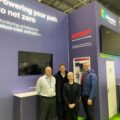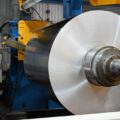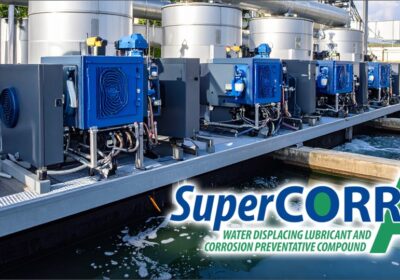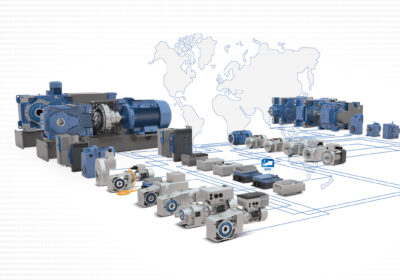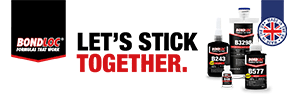As one of the early adopters of additive manufacturing (AM), the healthcare industry has benefited from this technology for many years. Surgeons have showcased the flexibility of this manufacturing technique when producing patient-specific dental and orthopaedic implants. As manufacturers in other industries integrate AM into mass production, can volume manufacturers of medical parts do the same? Here Enrico Orsi, an Additive Manufacturing Product Manager at global engineering technologies company Renishaw, explores.
When compared to traditional manufacturing methods, AM is a relatively new technology, so there are some barriers to its mass adoption. While AM has proven to be effective, it was originally developed to manufacture high value products in small batches, so before investing, this process often requires a careful cost assessment. New technologies must go through the same qualification process as existing manufacturing methods, which is particularly important in highly-regulated industries such as medical, so the process requires a lot of testing to ensure specifications are met.
Overcoming the barriers
As AM processes have developed, system manufacturers have enhanced the technology to broaden adoption. As the reliability and performance of machines has significantly improved, enough to enable development of both high- and medium-value parts, AM technology has become more cost-effective. Additionally, as more medical manufacturers use these systems, market confidence grows in the ability of AM parts to meet medical specifications.
Why AM?
While manufacturers may find that AM is now more cost-effective, they should also ensure the process best suits the application before investing.
The primary benefit of using AM over more conventional technologies is that it gives manufacturers the flexibility to create complex geometries that are not possible when using other methods. As a result, AM is a popular manufacturing method for orthopaedic and dental parts, including knee, hip or dental implants where the part is used in consolidation or replacement surgeries.
AM also provides the scalability that medical manufacturers require, providing them with the flexibility to run research and development (R&D) and production in parallel. For example, manufacturers can develop a new part and print a small batch for testing. Once they are happy with the part, they can use the same AM system to print at scale by adding more parts to the build plate. If there is still space on the build plate, manufacturers could also add experimental parts, making each build even more cost-effective.
Machinery and materials
When investing in AM, manufacturers should take time to choose the best system for the application, focusing on productivity and performance. The size of the machine may influence productivity, but larger volume does not always require a larger machine. For example, in applications that require more flexibility to produce multiple designs, two smaller machines may better meet demand.
The RenAM 500Q system, for example, offers improved productivity because of its four 500 W lasers which can address the whole build plate. This enables the user to work quickly, with the added benefit that medical parts are often small, meaning manufacturers can fit a high volume of parts on that one plate.
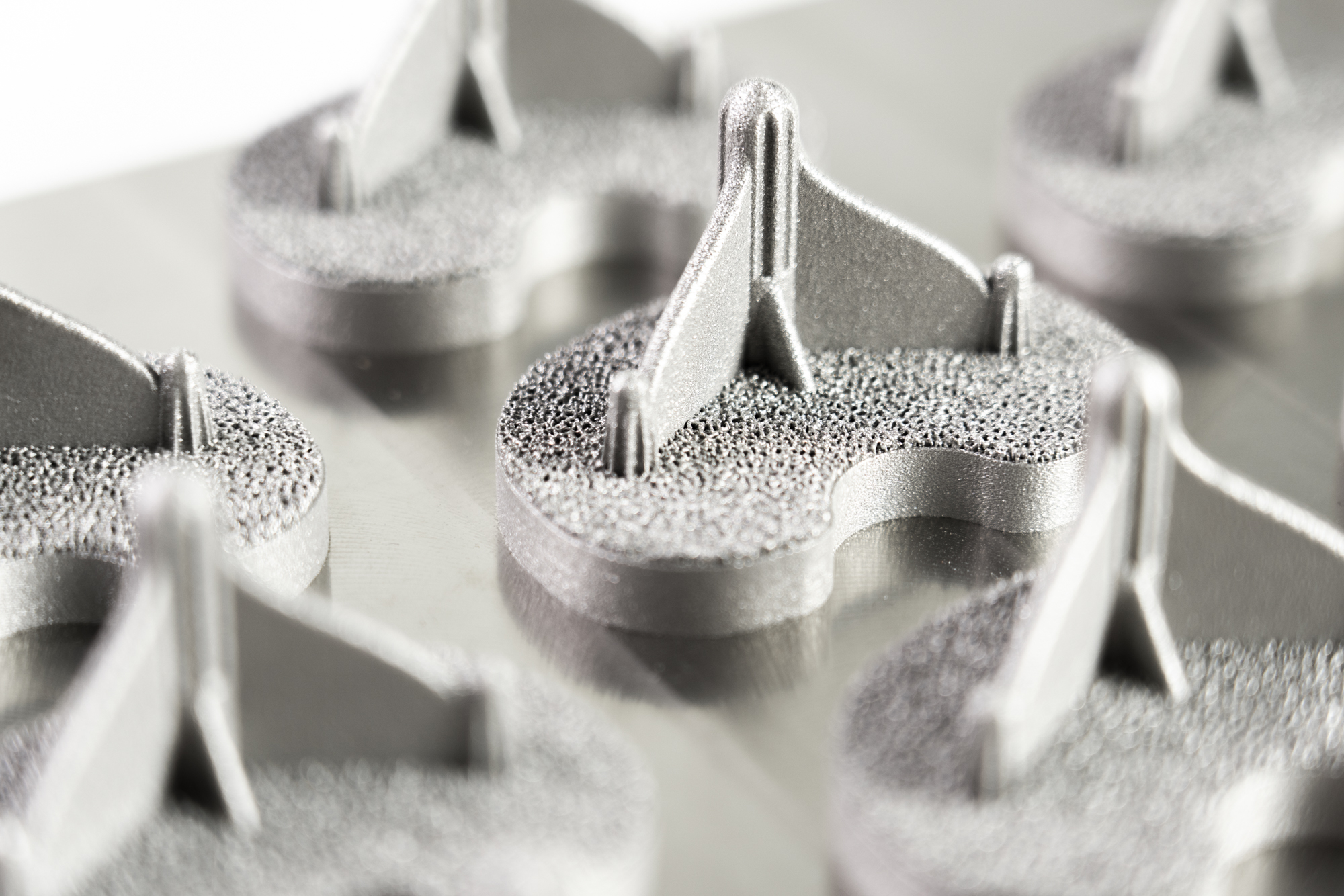
Manufacturers should then consider how to manage the powder they use, ensure that the alloy is suitable for both the clinical environment and technological application, and consider how to maintain the quality of the powder while in use. The RenAM 500Q’s powder management system maintains powder in an inert atmosphere, preventing oxidation that could make the material unsuitable over time and preserving part quality. Post processing is also integral to part quality, so manufacturers should consider how they remove powder from complex geometries, like lattices, once printed, typically using ultrasound. Additionally, the part may require further machining using conventional tools to achieve the right surface finish.
Additive manufacturing is no longer a novel, experimental technology — it is a well-established manufacturing method proven to deliver high-quality parts at volume. As the technology continues to advance, now is the time to adopt this innovation and we hope to see manufacturers further invest in the technology and begin incorporating AM into the entire manufacturing chain.


